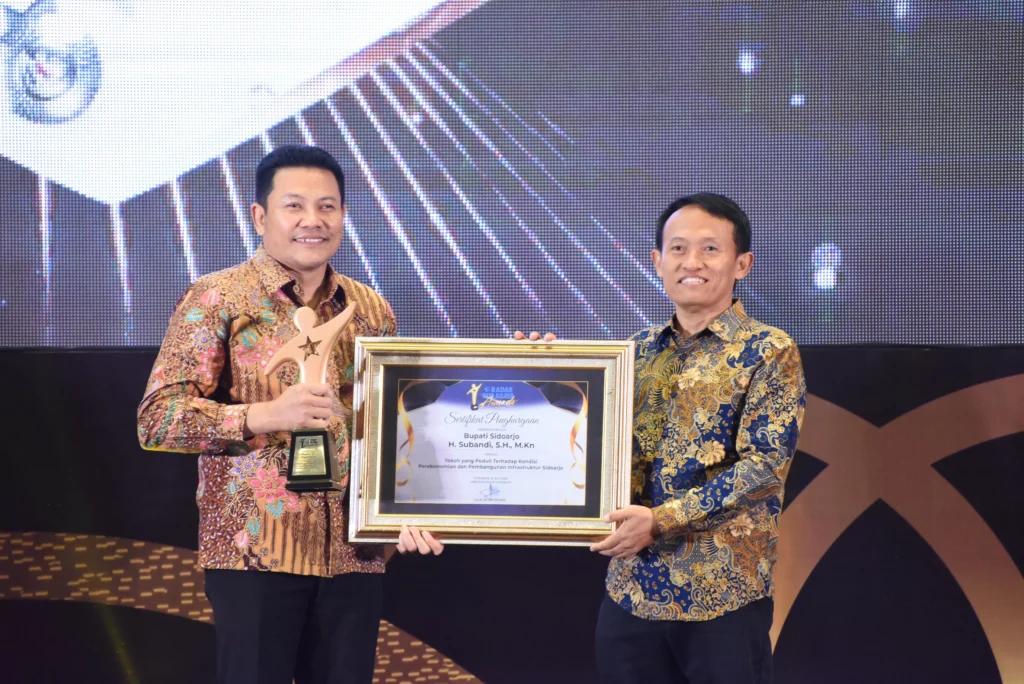Indonesia stands out as one of the fastest-growing countries in terms of internet penetration, presenting immense opportunities for digital marketers to reach a vast audience through online platforms. With a population exceeding 270 million and increasing internet usage, Indonesia represents a highly promising market for companies looking to leverage digital potential. This article delves into the latest trends in digital marketing in Indonesia, effective strategies to engage local consumers, and the challenges marketers face in optimizing their digital campaigns.
Latest Trends in Digital Marketing in Indonesia
Social Media Dominance: Social media platforms such as Instagram, Facebook, and TikTok have become integral to daily life in Indonesia. With a growing number of active users, social media is a primary channel for marketers to interact with consumers.
E-Commerce Boom: The COVID-19 pandemic has spurred significant growth in e-commerce. Many consumers have turned to online platforms for shopping, creating substantial opportunities for marketers to introduce their products and services to a broader audience.
Influencer Popularity: The influence of digital influencers cannot be ignored in Indonesia. Many brands are leveraging the power of local influencers to expand their reach and enhance brand awareness.
Effective Strategies to Engage Local Consumers
To achieve success in Indonesia’s digital market, marketers need to implement the following strategies:
Social Media Marketing:
Building a Strong Online Community: Building a strong and loyal online community through active interaction and relevant content is crucial. This involves promptly responding to comments and messages and posting engaging and valuable content.
Utilizing Local Influencers: Partnering with local influencers with a loyal following can help brands gain recognition and acceptance among target audiences. Influencers can influence purchasing behavior and enhance trust in products or services.
Content Marketing:
Creating Relevant Content: Content should align with the interests and needs of the target audience. Blogs, videos, infographics, and informative and engaging articles can increase consumer engagement and loyalty.
Consistency in Publication: Using a content calendar to ensure consistency and relevance in publication is vital for building and maintaining an audience.
Online Advertising:
Precise Targeting: Targeting ads based on demographic data, interests, and user behavior to ensure the right message reaches the right people. Advertising platforms like Google Ads and Facebook Ads offer sophisticated targeting tools.
Testing and Optimization: Conducting A/B testing for various ad elements and optimizing campaigns based on results to maximize effectiveness and ROI.
Search Engine Optimization (SEO):
Enhancing Visibility: Optimizing websites for search engines to be easily found by users. This includes using appropriate keywords, high-quality content, and technical site optimization.
Link Building: Building backlinks from high-quality sites to boost domain authority and search ranking.
Challenges in Digital Marketing in Indonesia
Despite the significant opportunities, marketers face several challenges:
Market Diversity: Indonesia is a country with diverse cultures, languages, and habits. Marketers must understand and tailor their strategies to various market segments.
Uneven Digital Infrastructure: While internet penetration is high in major cities, many rural areas lag in internet access. This poses a challenge in reaching the entire population.
Intense Competition: The competitive digital market requires marketers to continuously innovate and find ways to differentiate themselves from competitors.
Algorithm Changes: Frequent changes in algorithms of digital platforms affect content and ad visibility. Marketers need to stay updated and adjust their strategies accordingly.
Solutions to Overcome Challenges
To address these challenges, marketers can consider the following solutions:
In-Depth Market Research: Conducting thorough research to understand the needs and preferences of different market segments in Indonesia. Demographic and consumer behavior analysis is essential for tailoring marketing strategies.
Improving Digital Infrastructure: Collaborating with internet and technology service providers to enhance accessibility and quality of services in underserved areas.
Innovative Marketing Strategies: Developing creative and innovative approaches to marketing campaigns. Leveraging new technologies and collaborating with various stakeholders can add value for consumers.
Regular Training and Updates: Providing regular training and updates for marketing teams to ensure they stay current with the latest developments in digital marketing and platform algorithms.
By applying the right strategies, understanding the market well, and adapting quickly to changes, marketers can harness the vast opportunities offered by the digital marketing landscape in Indonesia. Success in digital marketing relies on a combination of technology, market understanding, and continuous innovation.







